-
Posts
4,273 -
Joined
-
Last visited
-
Days Won
100
Content Type
Profiles
Forums
Resource Library
Events
Gallery
Blogs
Store
Community Map
Posts posted by Mayner
-
-
The Welsh Highland Heritage Railway Hunslet 2-6-2T Russell and vintage train operated a number of Hertiage trains over the re-opened Welsh Highland Railway between Dinas and Rhyd-Ddu as part of the Centenary celebrations of the re-opening of the original North Wales Narrow Gauge Railway to passenger services.
The positioning run from Portmadoc was the first occasion Russell worked over the entire WHR main line between Portmadoc and Dinas since the line was closed in 1937. The coaches are replicas of original North Wales Narrow Gauge coaches dating from the 1880s to the early 1900s.
I was attracted to the WHR and volunteered for the Heritage Railway during the 90s possibly as a result of the apparent similarity to the Tralee & Dingle and Donegal narrow gauge lines.
-
 3
3
-
-
7 hours ago, Galteemore said:
Excellent. Sadly she stalled at Rathdrum - bad coal and injector problems I hear - and has had to have diesel assistance home. The passengers, I understand, have been forwarded by other means. My dad was on it - still waiting on a DART at Greystones c2200…..
Merlin has not exactly had a good record on the "Seabreeze", No 171 seem to have a more consistent record being used to pounding up and down the grades of the Derry Road with heavy trains in the 50s and 60s
Diesel was substituted for 85 because of fire risk when we rode the "Seabreeze" in 2018 and she failed (at Greystones?) on the return leg in 2019.
-
 1
1
-
-
12 hours ago, Horsetan said:
This is the same question I'm asking. All of the worked examples concentrate on the driving wheelbase only and don't take the bogie into account

Russ Elliot's CLAG section on Continuous Beam Suspension does not appear to recommend extending CBS to include bogies.
http://www.clag.org.uk/beam-annex3.html#should-CSBs-be-extended-to-include-bogies
Though Scalefour Digest 41 includes is a diagram showing CBS for a 4-6-0 Fig 76
http://www.clag.org.uk/41-0rev.html#section19
Transferring weight to the bogie as Fig 76 would make sense though it may be a matter of how much.
It may be a matter of experimentation when weighting and balancing the loco before final detailing stage.
Officially the 800 Class had a locomotive weight of 84 Tons 4cwt, adhesion weight of 63 tons and a max axle load of 21 Tons (Clements & McMahon), to all intents and purposes the driving axles and bogie pivot carrying an equal weight.
-
 1
1
-
-
On 6/4/2020 at 3:40 AM, jhb171achill said:
................and those who will never travel on it..............
Just noticed this thread!
To turn the argument on its head what about the 95% of the population who will end up paying for the Metro (through their taxes) but will never travel on it?
The main problem with funding public transport through general as opposed to local taxation is that it goes against the user pays principal with the small minority who regularly use rail benefiting, unlike roading, health and education where the majority of citizens benefit.
Funding through local taxation, by landowners and by businesses that directly benefit is much more equitable. In many countries public transport is jointly funded by Central and Local Government with Central Government funding infrastructure, Local Government rolling stock and operating subsidy.
In this part of the World public transport services are the responsibility or local and regional councils in terms of funding and service levels and are funded by rates with much more accountability at local levels than through an organisation like IE or the NTA.
The Auckland Underground Rail Link the missing link in Auckland's suburban rail system is jointly funded by Central and Regional Government through direct (income tax) and local (Commercial and Domestic rates). Currently there is a high level of public and political opposition to imposing congestion charging (an Auckland fuel tax) to force motorists to use public transport.
Like the DART, LUAS, and Metro, improvements in Auckland's rail system have been beset by delays for over 60 years and numerous consultants reports, New Zealand Railways 1950s proposals to extend and electrify the system was de-railed by a 50-90s focus on building motorways and low density housing, the Regional Council was forced to take baby steps to improve the existing diesel services with re-furbished ex BR rolling stock in the early 2000s to establish a case for electrifying the existing heavy rail lines. Attempts to build a Light Rail system to the Airport and areas outside the reach of the heavy rail system became a political football between political parties that support and oppose public transport achieving nothing in over 20 years.
-
1 hour ago, Sleeper said:
Nowadays most of the work is done by big contractors, Silage cutting, harvesting and spreading fertiliser etc.
A bit like construction farmers use specialist contractors to carry out ploughing, planting, harvesting, fertiliser spreading and spraying. Avoids tying up working capital in plant and difficulty recruiting/retaining skilled operators.
Being a rail fan and living in the Waikato one of the big surprises in moving to New Zealand was that fertiliser was traditionally supplied in bulk rather than in bags often spread by 4w drive on-off road trucks or by air.
Although most of the major depots were set up to receive fertiliser by rail traffic had virtually ceased by the early 2000s because of the high inventory cost of receiving and storing fertiliser in train load lots and high rolling stock maintenance costs. Bulk fertiliser was transported bogie hopper wagons similar to those used to transport coal
-
 1
1
-
-
Ultrascale may be a better option than Alan Gibson for P4 wheels as I understand that the Ultrascale wheel centers are molded rather than a press fit into the rims, Ultrascale also have a superior crankpin system with the crankpin bush recessed into the wheel center and a recessed pin for use behind slidebars on outside cylinder locos.
I usually remove and Loctite Alan Gibson wheel centers to the rims because I had problems with the rims on Gibson wheels separating from the centers while pressing the wheel sets on to the axle while using a GW models wheel press tool.
I had no problems with Gibson OO/EM profile driving wheels in service once the rims
Alan Gibson supplies an extended 1/8" axle with the Outside Crank sets AGW Part no 5000,5001,5002, I cut the axle to length and face off in the Unimat on 21mm locos but need to find a use for my collection of surplus outside cranks!
-
Really creditable architectural modelling, its good to see a layout which incorporates early (1840s) railway architecture at Carlow and modernistic (post 2000) buildings and structures at Ashtown.
The compressed nature of the station layout & low relief cement store is a good example of the challenges in building a model of a large mainline station such as Carlow in OO something that a lot easier to do convincingly in N Scale. I switched from OO to N scale around 1980 for much the same reason, but later returned to the larger scale in order to build Irish locos and stock.
-
 3
3
-
-
On 8/7/2022 at 1:26 AM, murphaph said:
What originated in Thurles Bob? Fertiliser or briquettes?
Briquettes from the Littleton plant were transferred from road to rail at Thurles
-
 1
1
-
 2
2
-
-
1 hour ago, Andy Cundick said:
Judging from the plumbing it looks like an injector has been rigged up,by the tender,Andy.
According to W (Bill) McDonnell in a "Decade of Steam" the J15b 710 Class had a reputation of poor steaming and the injectors gave trouble if the small GSWR tenders, probable reason for placing the injectors in an accessible place!
-
On 21/7/2022 at 9:39 AM, Horsetan said:
Continuing to wait this end for the Z boiler conversion for the J15 - hopefully it'll happen one day

The Z Boiler J15 conversion is on this years to-do list, its basically a matter of updating the CAD work to incorporate improvements identified as a result of the test build from the original artwork.
-
 1
1
-
 1
1
-
-
6 hours ago, Sean said:
had a bit of a trawl tonight as im still trying to work out the track alignment, the fact that the shoreline has changed over the years makes it a little confusing but i think i got it worked out now. you are right in saying that photos of the docks are few and far between, however I have come accross some at least that might help work things out a little more.
some vans at the mill
A Classes with oil and 20 footers! quay line is gone.
SS Kelpie moored at Westport Quay and taking on a cargo of grain from Pollexfens Mill.Lawrence Collection - NLISome interesting photos.
My family stayed for a week in the Roman Island caravan park on our summer holidays in 1975, Unlike JHB I didn't get to explore the railway or goods yard commercial shipping had ceased and the gates to the port entrance & the grain elevator locked
The Limerick Steamship Company had a dilapidated wooden office/shed (not unlike the Dapol coal office https://www.petersspares.com/dapol-c011-hut-coal-office-water-crane-plastic-kit-oo-gauge.ir) at the Westport end of the Quay Road.
Poloxfen's Grain Elevator was likely to have been built during the early 1900s, the RH Hall Elevator on Dublin's North Wall was built between 1915-20. The industrial buildings and tall chimney in the background behind the elevator may be the mill and power plant.
Its possible bulk grain was loaded into MGWR convertible wagons through the roof and discharged through the side doors, American and Canadian Railroads carried grain in standard boxcars up to the widespread introduction of purpose built hopper wagons during the 1970s and 80s.
Its good to see the photo of 001 hauling a tank wagon and CIE containers on flat wagons, there is a an excellent colour photo possibly of the same train shunting at Westport Quay in an IRRS Journal published during the late 80s early 90s, worth checking out by visiting the IRRS Library if in Dublin.
The tank wagons were used for bringing in diesel to the CIE bus garage in the station yard, the 20' containers on 4w flat wagons were used as convention vans loaded/unloaded in the goods yard rather than for Lo-Lo collection and delivery
-
 2
2
-
-
3 hours ago, RaglanRoad said:
I remember reading a post that mentioned a proposed "Ulster & Connacht Railway" from some point in the 19th century. I haven't been able to find any results on it - has anyone heard of this company, or where it was intended to run?
The "Ulster and Connacht" is mentioned briefly in P J Flannigan's Cavan & Leitrim Railway and in more detail in E M Patterson' Clogher Valley Railway.
The Ulster and Connacht Light Railway was one of a number of schemes to link and amalgamate the Bessbrook & Newry, Clogher Valley and Cavan & Leitrim narrow gauge lines and extend the combined system into Roscommon & Galway.
Ulster and Connacht promoters approached the C&L board for their support in the 1880 but nothing further is known.
The "Ulster and Connacht Light Railways" re-appeared in the early 1900s and received parlimentary approval in 1903 to amalgamate and link the existing three narrow gauge systems, buy the mining rights to the Arigna Coalfield.
The company issued a proposal in 1904 to build a line to extend the system through Strokestown, Roscommon, Mountbellew, Tuam with a branch lines to Galway City & Ballinrobe, the main line continuing through Cong into Connemara to Leenane on Killary Harbour to Clifden.
The Dromod-Roscommon-Mountbellew section of the scheme are similar to light railway and tramway schemes of the 1880s which would have had a reasonable chance of success.
The only actual construction carried out in connection with the Ulster and Connacht is/was an underbridge in a broad gauge railway embankment at Keadue in County Armagh built in 1908-9 to accommodate the Bessbrook-Tynan section of the U&C
-
 2
2
-
-
The GNR & SLNCR were the main users of peak roofed Railbus/Railcar trailers in Ireland. The main challenge is building the railbus/railcar to haul the trailers.
Neil Ramsey has mastered the art in 15mm scale and David Holman 7mm scale SLNCR railbus and trailer has appeared on his Workshop, Arigna & possibly Belmullet layout threads.
Neil Ramsey's SLNCR railbus and luggage trainer appears at approx 1:47 in his Irish Broad Gauge Diesel railcar video
-
 2
2
-
-
I am not the greatest at lining,.
I usually paint coaches in 2/3 colours using spray can auto paint and masking using Tamiya masking tape which is available in a variety of widths.
I don't remember whether I did the eau-de-nil strip using transfers (from Studio Scale Models) or masking.


As a general rule I cut the edge of the tape against a straight edge with a sharp knife before applying the masking take to the model as the edge of the role may be damaged or not 100% straight.
Carefully dress the tape around raised and recessed body detail before spraying the sides (and masking tape) with a light coat of body colour, this will stop the lining/second colour bleeding into the details ruining the model.
The spray of hand paint the lining colour.
I usually have 'livery colours" such as green, golden brown custom mixed by a local automotive/industrial paint supplier matched from existing models or colour samples.
Starting from scratch the best option is to spray the body/side in the lining colour then mask for the body colour.

The middle Tin Van has been spayed in white before applying the black and the tan as the livery colours, the van on the left is in silver livery colour, the van on the right in eau-de-nil primer before applying the light green livery colour.


-
 6
6
-
 1
1
-
-
On 16/7/2022 at 6:12 PM, David Holman said:
Suspect the main reason behind these sort of model releases is to appeal to the collector's market and most will never turn a wheel. Seems folk will speculate on almost anything and 10, 20 years from now such a niche model may turn out to be valuable, though wouldn't hold my breath!
A lot of current day releases model railway and die-cast vehicles appear to be intended to appeal primarily to the collectors market, relatively small production batches which tend to sell out rapidly. The golden rule is that the market sets the price when you buy and sell whether its crypto-currency, digital art, model train and diecast collections, or more conventional investments like property or stocks and shares. If you need to sell you are likely to receive less than you spent.
I have some American large scale (1:20.3) narrow gauge locos and stock bought second hand from collectors and dealer, some of which were 'Shelf Queens" or were never un-boxed the prices paid were lower or similar to current manufacturers prices for new releases of similar items.
-
Having done nothing with North Wharf since February I painted the backscene with a "sky" blue undercoat and hooked up the radio DCC system, mainly because I need to move the layout out of the workshop/layout room to the home office!
I will fit view blockers, fascia and pelmet once I complete the scenic works and possibly buildings
The small Digitrix panel is a Radio/Infra-Red receiver allowing "hands free' operation with loco(s) and points controlled by DCC, remoter uncoupling with Kadee couplers and uncoupling magnets.
I still need to finalise the buildings and structures in the Granary end.
Complete terrace of houses between maltings and overbridge with semi-low relief malting building in corner behind bridge.
The traverser/fiddle yard restricts train length to a small loco and 4 wagons.

Baseboard end view showing DCC-Concepts baseboard alignment dowels and power connector (track and point power). The blue mixed at the local DIY store came out very close to the existing (2012-4?) backscenes.
Backscenes screwed to stripwood strips.
-
 10
10
-
-
2 hours ago, murphaph said:
Was Ballina the only destination for block fert trains or did they also go further south?
Up to the mid 1990 block fertiliser trains regularly operated from Shelton Abbey, Foynes, New Ross, and occasionally Galway possibly from Belfast and Cork to destinations around the CIE/IE Network the majority of depots were served by a loop or siding so a train could be unloaded clear of the Main Line.
The 1980 WWT had 3 bagged fertiliser paths daily to and from Shelton Abbey which appear to have operated regularly two from Shelton to the South & West and One to Cabra which acted as a staging point for other destinations.
An 09:35 Shelton-New Ross via Kilkenny path is listed in the WTT this may have been used for block fertiliser trains serving Carlow, Kilkenny or Waterford. I remember seeing a block fertiliser being unloaded in the yard on the north side of the running lines in Kilkenny in 92/3 while a bagged cement train was being unloaded in the yard in on the south side present station building.
Albatros fertiliser traffic from New Ross is likely to have been covered in the "Weekly Notices" with no scheduled trains or paths listed on the New Ross branch where laden fertiliser trains were operated in two portions between New Ross and Waterford because of grades.
The 1980 WTT lists one Galway-Farranfore (private siding) and two Shelton-Tralee paths.
-
 1
1
-
 2
2
-
-
37 minutes ago, Ironroad said:
And as they say Rome wasn't built in a day. As I recall Murphy Models only produced the EGVs and Restaurant cars subsequent to the successful release of the coaches they were complementary to. I think the same logic can apply to the AEC railcars. There are all sorts of options that could be taken with an initial release that could be expanded on over time.
It may be that the Cravens were slow to shift but that may have been related to the quantities produced and the market size at that time. Those were still pioneering days and the market has probably increased since then. It is worth noting that Murphy Models suggested a rerun depending on demand. So Paddy does not seem deterred.
An AEC 3-4 car railcar set particularly the GNR version would make a very attractive "Pocket Express" train. The GNR tended to run its AEC cars in 4 cars sets on Enterprise Duties and as 3 car sets on suburban and secondary main line duties.

The relationship between commissioners such as Murphy Models and the Chinese factories has changed significantly since Kader/Bachmann produced the B141 with smaller minimum order quantities with a new generation of Chinese OEM manufacturers entering the model railway market.
Needless to say the shift from selling through bricks and mortar retailers to on-line pre-orders/purchase has a significant impact on the cashflow situation during manufacture.
-
 6
6
-
-
20 hours ago, Ironroad said:
So I don't think items that may have low volume demand can be entirely ruled out. It is noteworthy that Paddy Murphy seems to have had success in selling purely complementary items such as EGVs and Restaurant cars.
Like the IRM focus on block train wagons the MM Supertrain EGVs and Restaurant cars may have been viable because customers were buying complete train sets as opposed to an individual coach or wagon.
If I recall correctly it took a long time for MM stock of Craven Coaches to completely sell out despite selling through both Irish & UK retail channels including Mark's, Hattons and Rails.
It would make sense to market an AEC railcar set as a complete train complete with intermediate coach and buffet car, the main snag is that CIE and GNR/NIR used completely different types of trailing car requiring different tooling for a typical CIE or GNR railcar set. CIE originally built conventional timber framed "Bredin MK2" Open Coaches and Buffet cars to run with its AEC railcar sets, The Park Royals and "Laminates" were introduced during the mid-late 50s, there were no matching Park Royal or Laminate Buffet cars.
While a steam or diesel loco with multiple livery versions is likely to sell out (A Blue Vs pretty please!!) as much from the collectors and modelers market, demand for individual coaches and wagons is less certain.
One of the more interesting pieces of feedback received after sending samples of JM Design rtr wagons to Irish Irish Model Railway Clubs was that a lot of people "could not see the point" of buying a prototypical accurate model of an Irish wagon when the could buy a similar UK wagon cheaper from Hornby, Bachmann or Dapol a fact that has been borne out to a degree by actual demand.
-
 1
1
-
 1
1
-
-
2 hours ago, murphaph said:
The basic rule of thumb for Irish models and IRM is simple enough though I would assume....more or less everything will be done eventually, certainly anything that existed in numbers in real life. The one offs are the most difficult to justify but at least of you decide to scratch build a one off you will only make one and not a rake or something. Anything you could conceivably make a rake of I would suggest will eventually be covered by IRM and to keep your powder dry, unless you enjoy making stuff. In which case there's no harm done.
There is an interesting RM Web post from Stephen on the minimum numbers in terms of sale Accurascale consider viable for producing a particular model https://www.rmweb.co.uk/topic/155786-more-model-ideas/page/66/.
Difficult to see the sales of Irish individual locos, coaches or wagons reaching those levels due to the very small size of the market (1000 active modellers/collectors )
The forthcoming IRM Enterprise stock is based on a synergy with the Accurascale MK2, though whether the numbers stack up for an 80 Class or even IE MK2ac with Dutch Van only Accurascale and IRM know.
While locos particularly prestigious ones (possibly railcars) and block train wagons are likely to sell, its difficult to see IRM or tooling up for a 'essential items" for the 1950-80s era such a Buffet Cars, Heating and Luggage Vans and TPOs let alone a GSWR Corridor or a MGWR 6w coach for Southern Modellers
Modellers of Ulster's railways broad and narrow continue to show great resilience and determination continuing to scratch, kit and scratchbuild high quality models of locos stock and structures as opposed to waiting for rtr models or kits to appear!
2 minutes ago, Mayner said:There is an interesting RM Web post from Stephen on the minimum numbers in terms of sale Accurascale consider viable for producing a particular model https://www.rmweb.co.uk/topic/155786-more-model-ideas/page/66/.
Difficult to see the sales of Irish individual locos, coaches or wagons reaching those levels due to the very small size of the market (1000 active modellers/collectors )
The forthcoming IRM Enterprise stock is based on a synergy with the Accurascale MK2, though whether the numbers (demand) stack up for an 80 Class or even IE MK2ac with Dutch Van only Accurascale and IRM know.
While locos particularly prestigious ones (possibly railcars) and block train wagons are likely to sell, its difficult to see IRM or tooling up for such 'essential items" for the 1950-80s era such a Buffet Cars, Heating and Luggage Vans and TPOs let alone a GSWR Corridor or a MGWR 6w coach for Southern Modellers
Modellers of Ulster's railways broad and narrow continue to show great resilience and determination continuing to scratch, kit and scratchbuild high quality models of locos stock and structures as opposed to waiting for rtr models or kits to appear!
-
 6
6
-
-
5 hours ago, Irishswissernie said:
How many prototype Magnesite wagons were there? I can't find out but the info is probably staring me in the face somewhere!
22-----------26590-26611 Doyle & Hirsch Locomotives and Rolling stock of IR & NIR 1987.
There is a note that 26594,26597/8,26601,26607 & 26610 were built as dolomite ore wagons and converted in 1997.
-
 1
1
-
 2
2
-
-
Great to see a layout with realistic modelled buildings, structures and signals, the bullhead track and point rodding adds to the realism.
-
 1
1
-
-
9 hours ago, enniscorthyman said:
Yes,I remember the Mag wagons when about 1983 they arrived in Enniscorthy Station.Some were stored at the former goods store siding,while others were stored on the long siding North of the Station.They stayed there till the mid 90s where they were either scrapped or moved to another location.
I remember seeing them in Enniscorthy 92/93 while travelling around the IE system on a rambler ticket.
For modellers outside the 1969-82 era possible scenarios including Pfizer/Quigley continuing operations into the IE era (plant converted to burn Kinsale natural gas similar to Marino point) or wagons re-purposed to carry a bulk traffic that had to be kept dry in transit such as soda ash, bulk fertiliser or other chemicals.
-
 1
1
-
 1
1
-
 1
1
-
-

Matariki (ma-ta-ri-ki) considered the beginning of the New Year in this part of the world when the Pleiades become visible in Northern sky during late June after disappearing earlier in May-June.
Not a lot to report on the model railway front:
I currently have a very small number of decorated Brake Vans and Open Wagons in stock together with a small stock of undecorated Open Wagons, GSWR, LMA and early CIE H Vans available for immediate dispatch.


I am currently planning to focus on supplying undecorated wagons to order with a 6-8 week lead-time as it is uneconomic to continue manufacturing decorated rtr wagons without a significant price increase.
-
 2
2
-
.png.c363cdf5c3fb7955cd92a55eb6dbbae0.png)

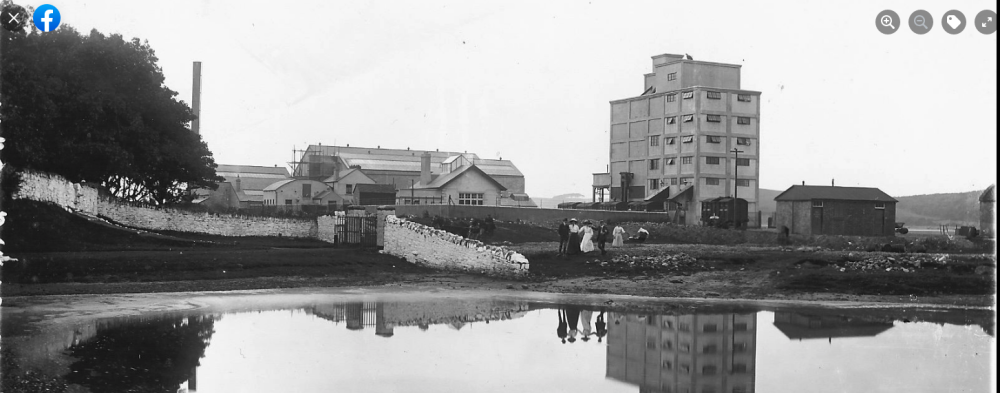
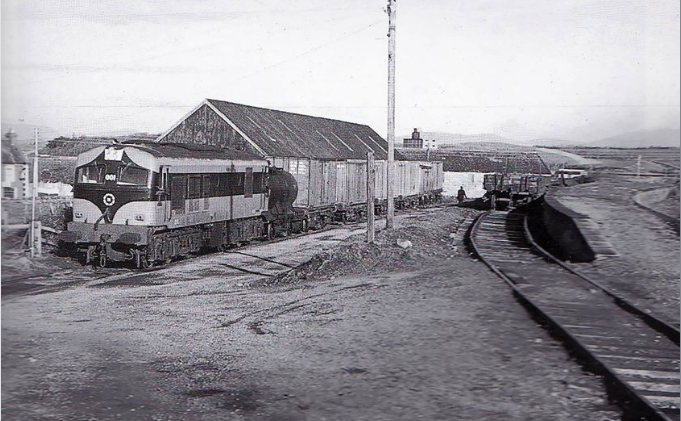
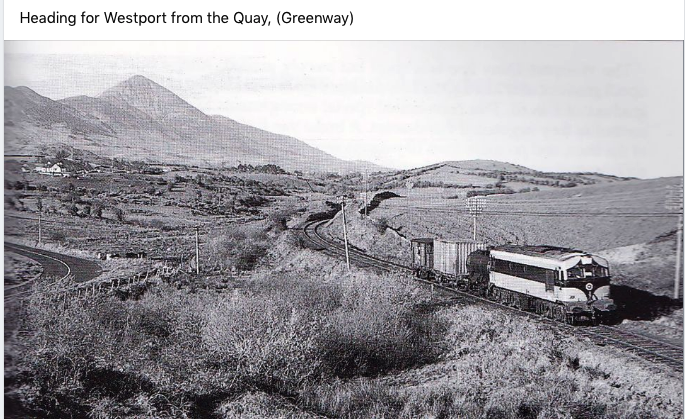
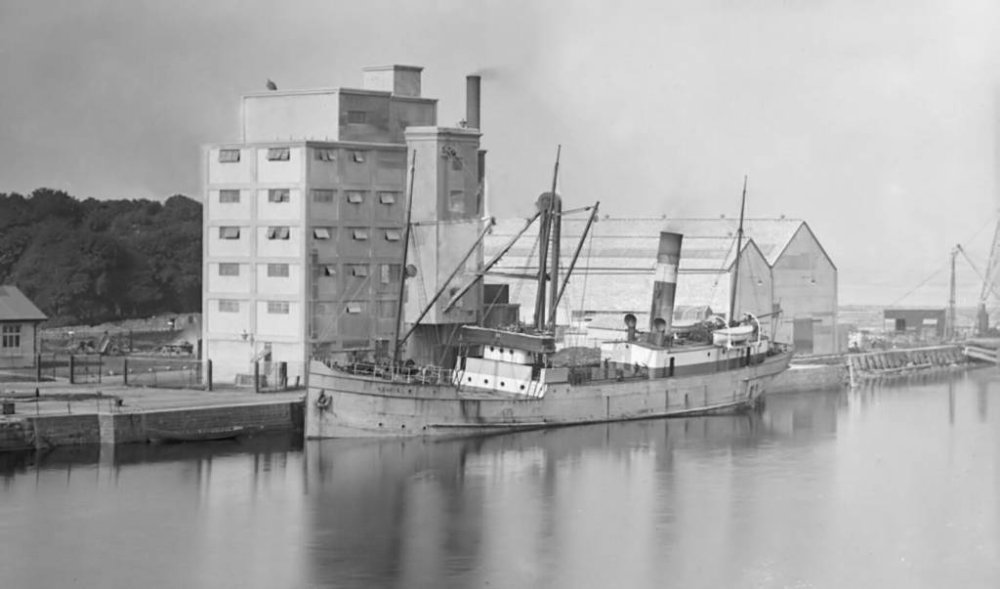

.jpg.0c6dc871b8f6bd5ad86137ff18fb0b1e.jpg)
.jpg.5f51c6eb0d22cf321f8eca06c302229e.jpg)
.jpg.5bc6ca71b1172e89898c6754b38c27da.jpg)
.jpg.0d6cbdf0d4464e64a49cdc144355ac1d.jpg)
.jpg.0013b3c584733a653213d7a2d9f7d11a.jpg)
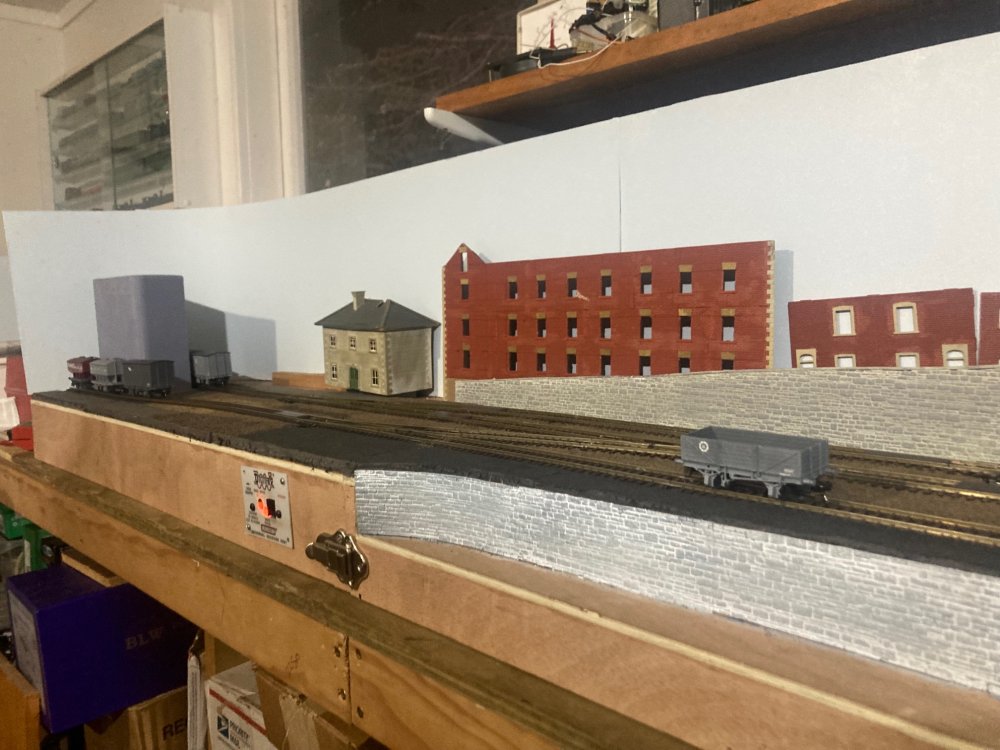
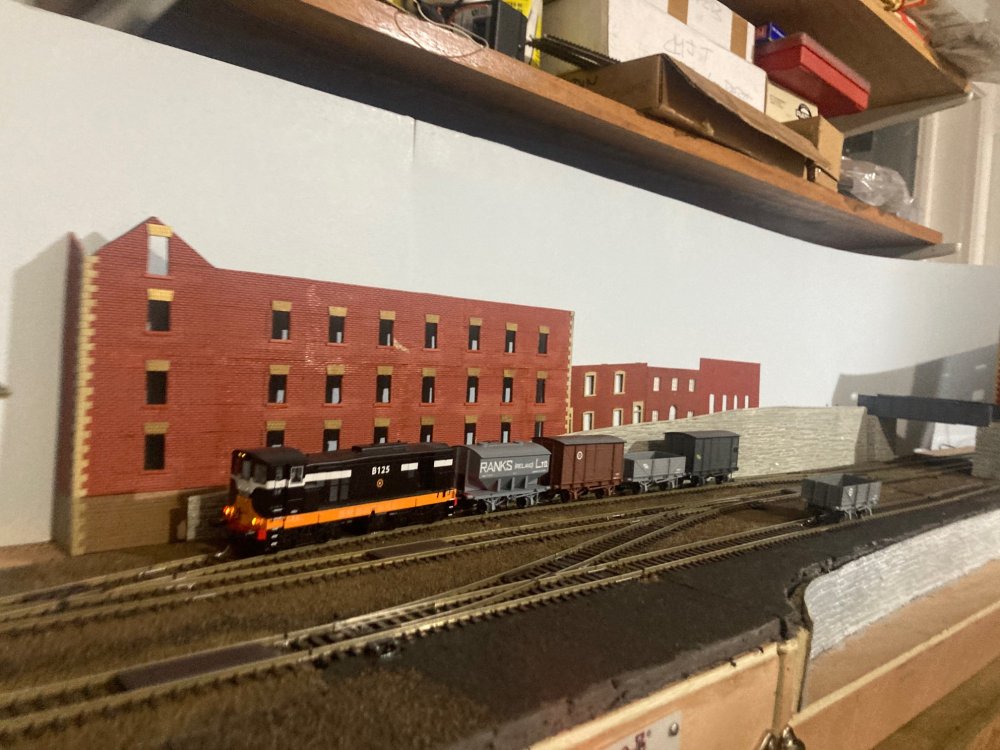
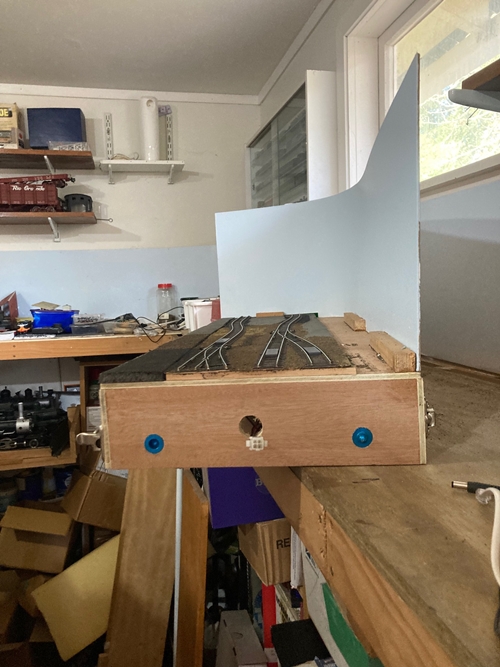
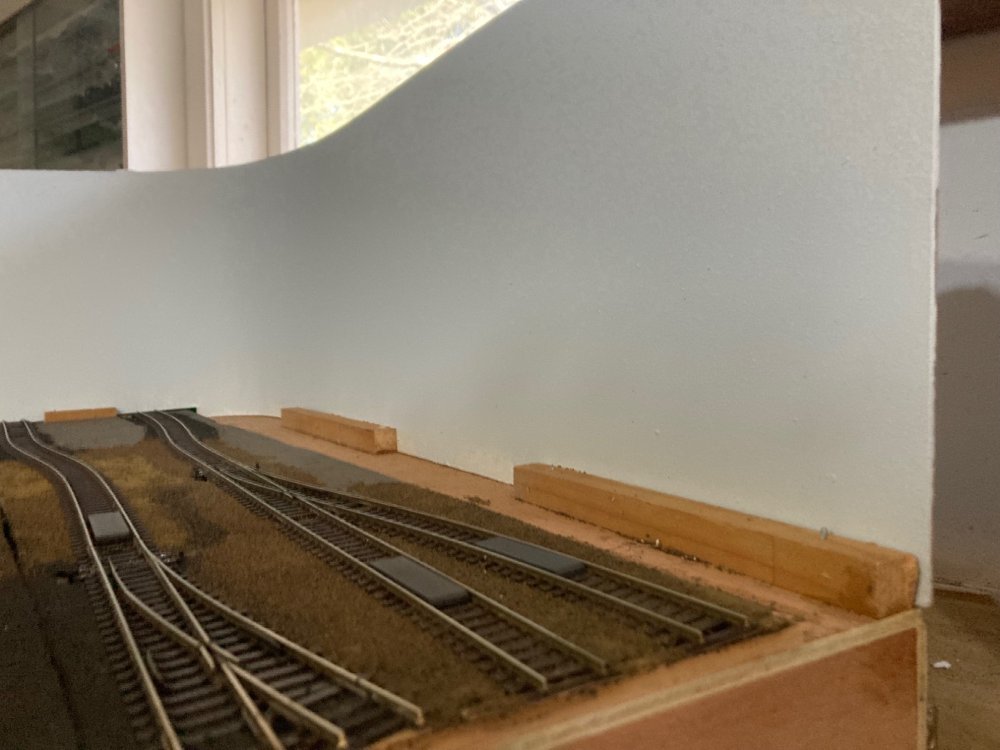

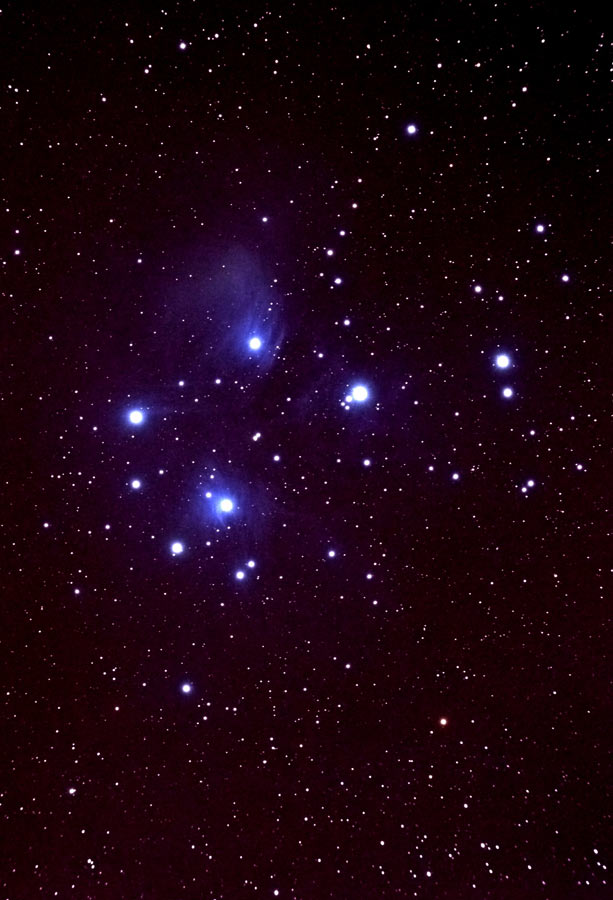
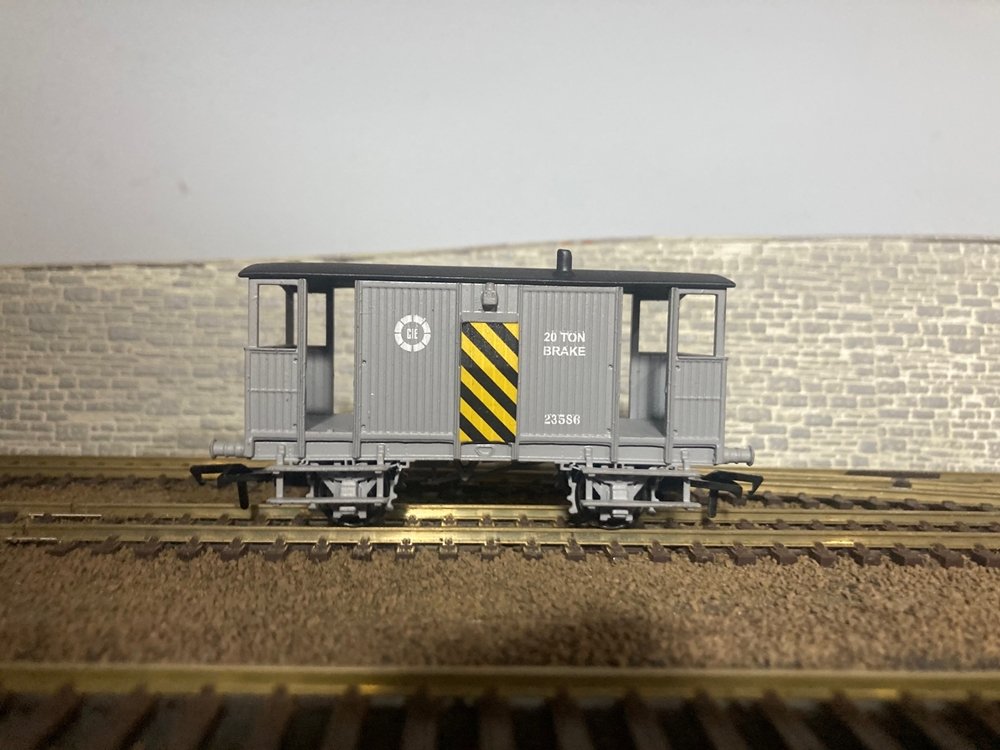
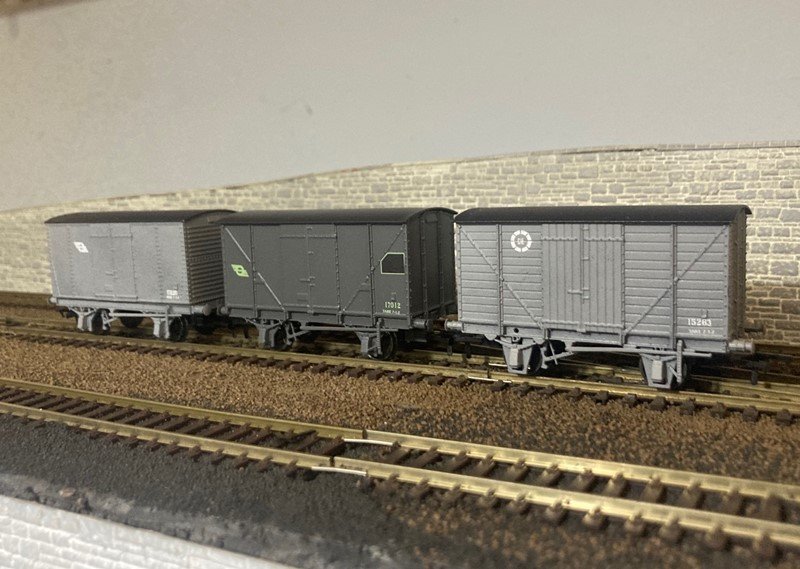
Ernies Massive Irish 1930's to 2005 Photo Archive
in Photos & Videos of the Prototype
Posted
No 18 appears to be hauling an ex Clogher Valley Guards Van as a 'Red Van"